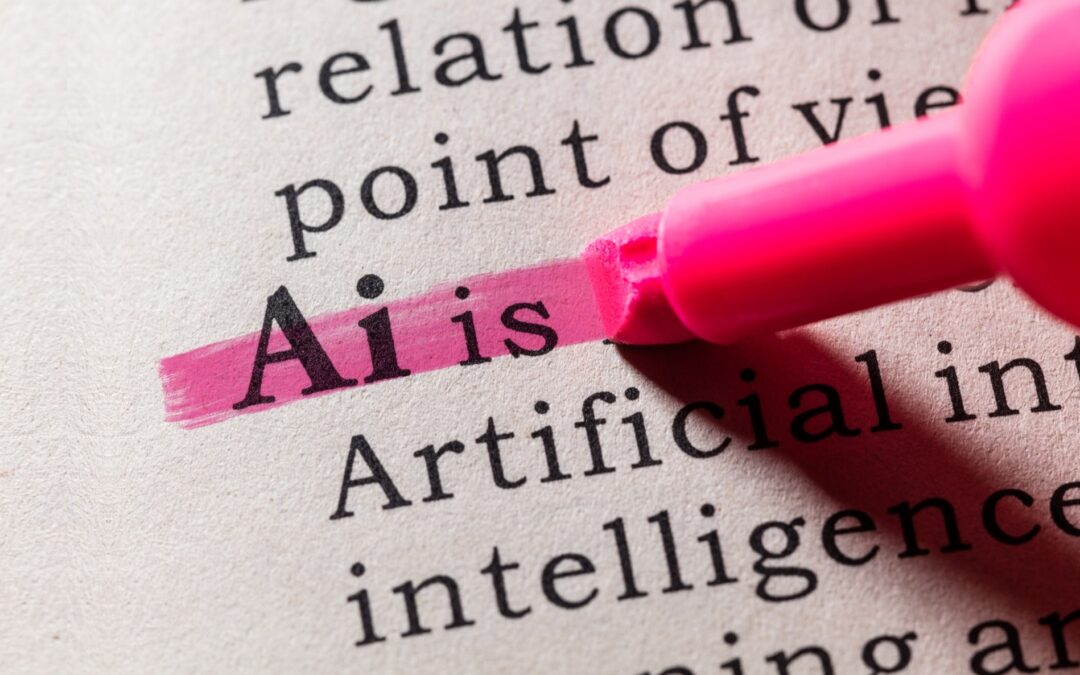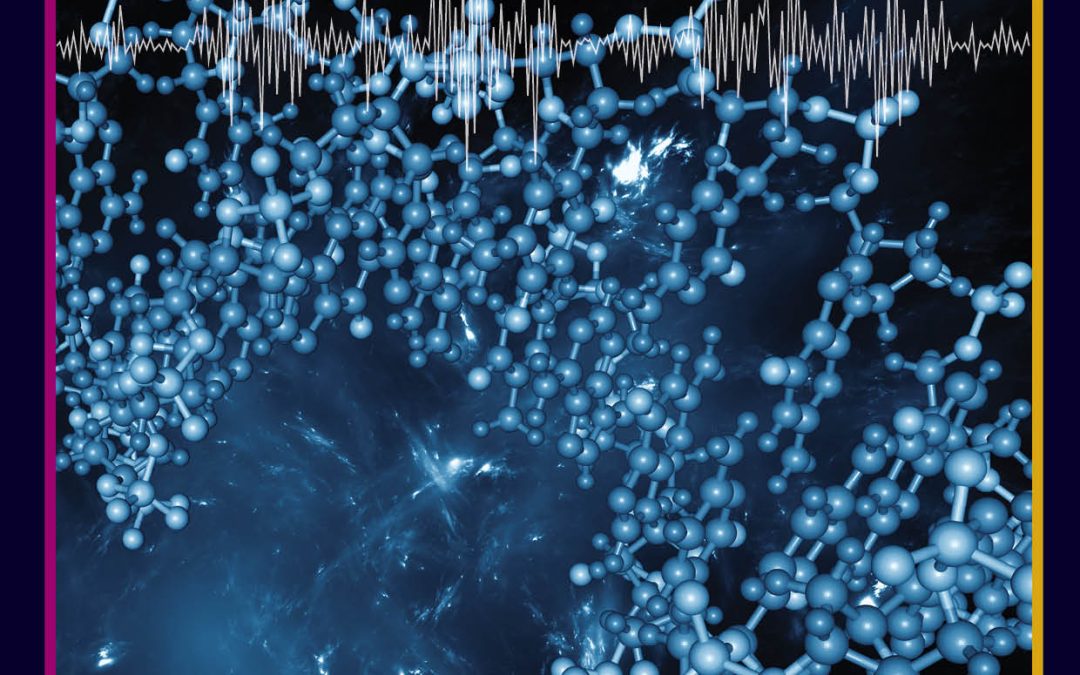
by admin | Apr 24, 2024 | arts and humanities, engineering and tech
Artificial intelligence – or AI – is receiving increasing attention for its rapid development and potential to change society. Researchers are working hard to develop its capabilities, while regulators are racing to ensure it is managed and governed properly. But what do we mean by AI, and how can we define such a complex term? In a recent paper, Professor Pei Wang at Temple University argues that the lack of an agreed definition makes it difficult for policymakers to assess what AI will be capable of in the near future, or even which kinds of AI are desirable. To combat this, he discusses what makes a robust definition, and suggests his own.

by admin | Feb 28, 2024 | education & training, engineering and tech
Experienced engineers are typically equipped with advanced technical knowledge and a unique professional skillset. These skillskets are often paried with impressive intuition, which allows engineers to devise solutions to complex real-world problems. Engineering faculty at Bucknell University, Embry-Riddle Aeronautical University, and The Ohio State University recently engaged in important research to further our understanding of intuition in engineering practice.

by admin | Aug 2, 2023 | engineering and tech
As they age, steel and concrete structures often need to be retrofitted. One such way of strengthening is with Carbon Fibre Reinforced Polymer – or ‘CFRP’ – laminates. For certain applications, however, this can be a difficult and time-consuming process, and the resulting laminates are prone to debonding. In his research, Dr Abheetha Peiris at the University of Kentucky developed a new type of strengthening in the form of CFRP strip and rod panels. The panels can slot together seamlessly – making them less prone to failure, and far easier to assemble. Through a series of experiments and field applications, he revealed how the new method can be applied for retrofitting both steel and concrete structures.

by admin | Jul 27, 2023 | engineering and tech, physical sciences
Satellites are vital to modern civilization, powering the GPS in our phones, enabling long-range communication, and giving us insights into Earth’s climate and the universe beyond. We now launch thousands of new satellites into space each year, dramatically increasing the risk of collisions. Such satellite collisions create debris that can damage more satellites. Thomas Kleinig and his colleagues are developing and testing a new approach to avoid collisions by exploiting a unique property of the thin atmosphere that satellites travel through.

by admin | Mar 13, 2023 | earth and environment, engineering and tech
Organic molecules dissolved in rivers, lakes, seas and oceans are essential to plant and animal life. Some of these molecules are also degraded and enter a complex cycle of carbon, nitrogen and sulphur containing compounds. Surprisingly, scientists currently have a limited understanding of the fate of these molecules. Dr Daisuke Minakata and his colleagues from Michigan Technological University are involved in an ambitious programme to overcome this critical knowledge gap.

by admin | Feb 1, 2023 | education & training, engineering and tech
The COVID-19 pandemic forced many universities to deliver their courses online, exposing the limitations of remote learning strategies. Dr Barrett Caldwell and his team at Purdue University devised a new approach that could help to improve online courses in different engineering subjects. The approach builds on his experience while teaching and developing the ‘Perspectives on Systems Engineering’ course, which is part of the curriculum for the Systems Engineering program at Purdue University.






